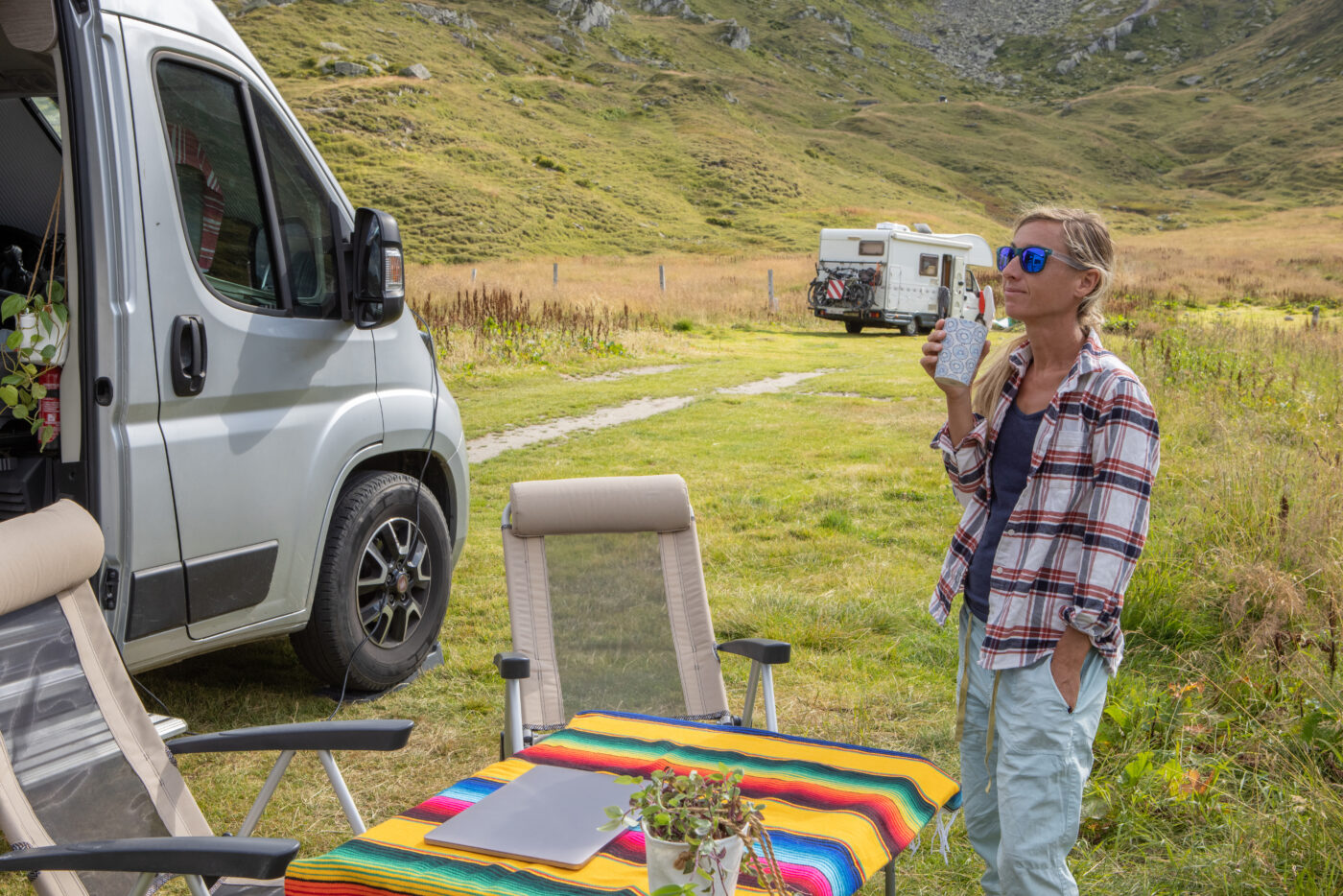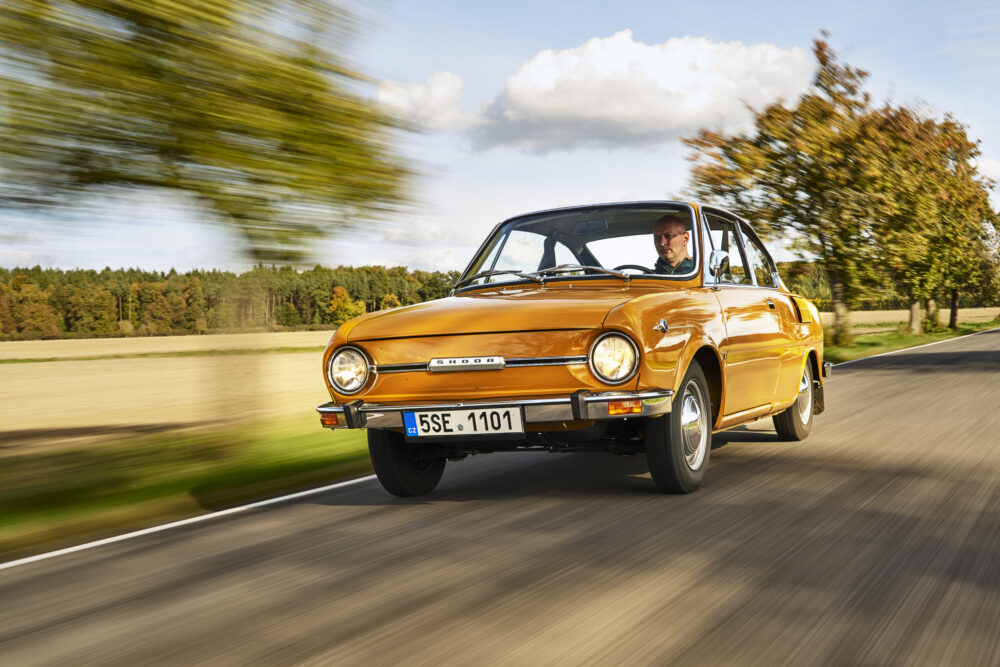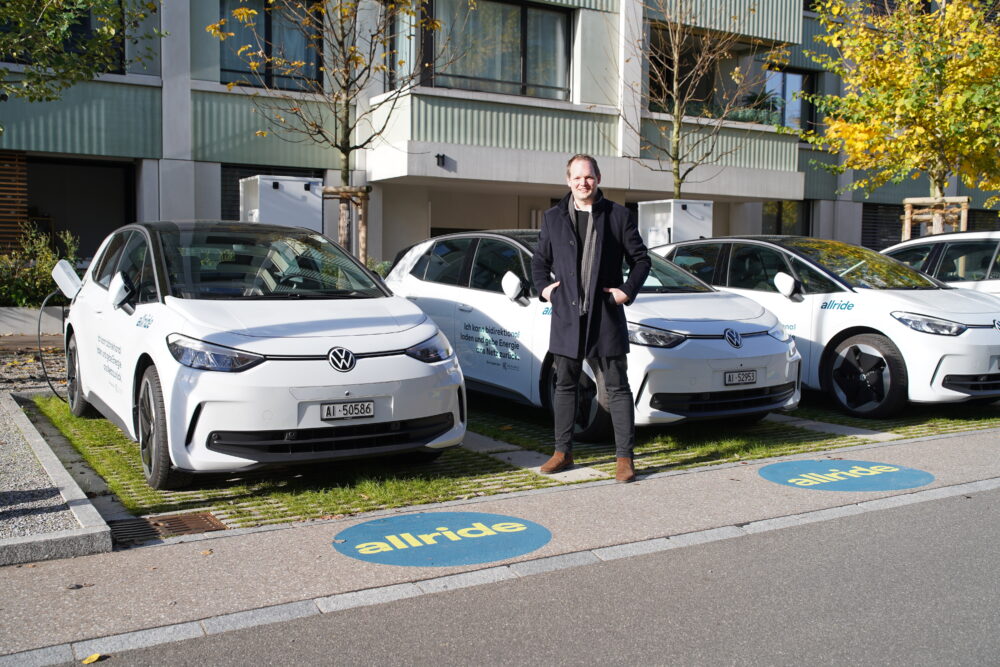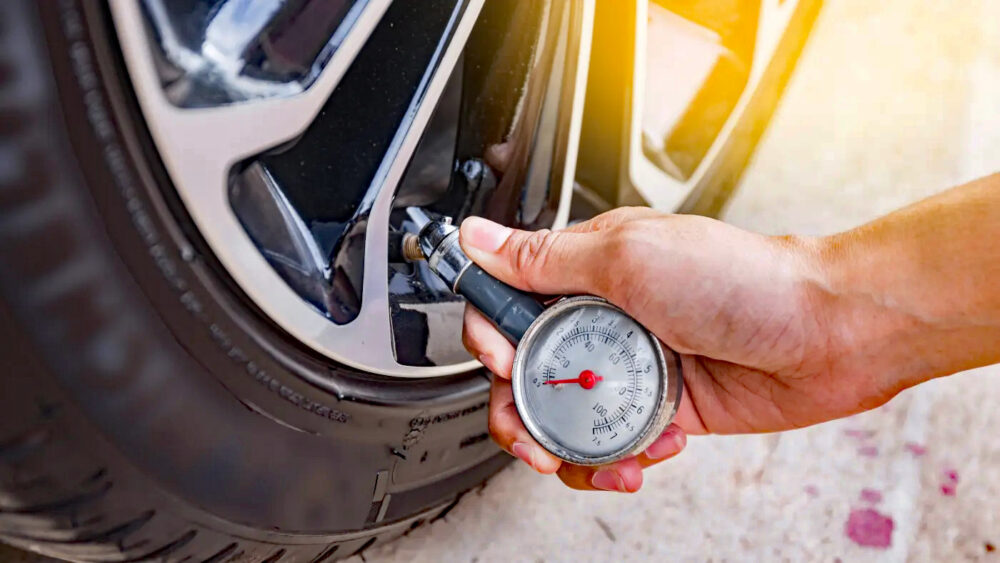Guide: Where is the night outdoors?
Campers are the great freedom on wheels? Swiss legislation takes a somewhat narrower view: strict rules apply to wild camping and parking XL motorhomes.

Over 400 campsites and more than 200 other pitches - that sounds like a lot for our small country. But the camper boom ensures high occupancy rates; where it's nice, it's often full. This can quickly lead to wild camping. But beware: an unauthorized night in a motorhome (or in a "normal" car, the regulations are the same) can be expensive. Depending on the canton and municipality, fines often range from 200 to 2000 francs.
The relationship status "It's complicated" on Facebook describes it perfectly: every canton has its own rules and in many cantons every municipality has its own rules. As a general rule, wild camping - i.e. sleeping in a vehicle at night - is more often prohibited than permitted. You are never allowed to spend the night in nature reserves and national parks, hunting grounds or wildlife rest areas. Camping above the tree line and on private land is permitted with the owner's consent. Only the cantons of Aargau and Obwalden generally allow one night in a public parking lot.
The bottom line is: ask the municipality or the local police before spending the night wild camping. Sometimes there is no explicit yes or no, and then one (!) night is usually considered tolerated. An excellent overview by canton can be found in the TCS on its homepage. Tip: If in doubt, tables and chairs in the camper and awnings should remain retracted, because sometimes a night on public land is allowed, but not so-called camping behavior - and where it is not allowed, you can hope for significantly more tolerance if you camp more cautiously. The following applies to highway rest areas: The regulations vary and should be clarified on site.
Where are motorhomes allowed to park?
The parking of large motorhomes or caravans is a similarly vague area. A lot is tolerated, but little is really allowed. Things get tricky at the latest when the home on four wheels exceeds the size of a VW bus. The following applies: every vehicle must use the parking spaces intended for it and fit into the parking space. Campers must therefore use camper parking spaces or parking strips without subdivisions if they do not fit into a passenger car space. Theoretically, the vehicle outlines must be within the lines, in practice the bikes are sufficient within the lines. If no extra parking spaces are designated, parking in a truck space is more likely to be tolerated than occupying two car spaces. Our tip: Companies are often willing to accommodate a motorhome on their premises for a few hours on friendly request.








